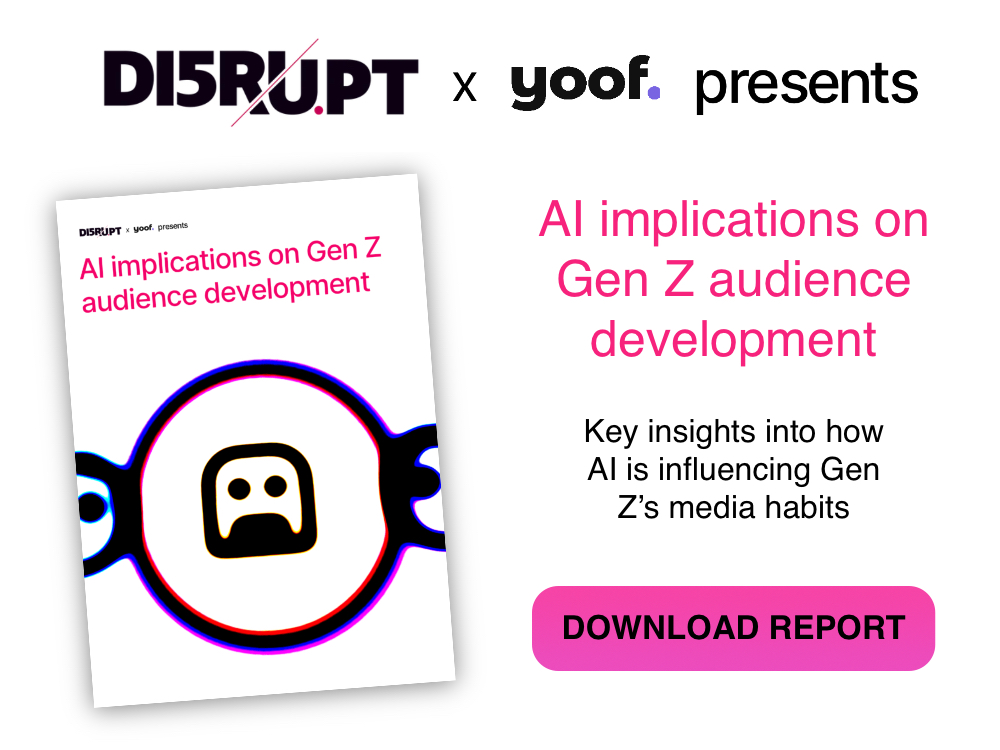Substack’s Head of Growth, Reid DeRamus, speaking at 2023’s FIPP World Media Congress in Portugal, made it clear that media organizations shouldn’t try to be world class on every platform. Instead, they should choose wisely, develop momentum and attain sustainable growth. And remember, your competitor is now everyone with an iPhone.
In a sit down conversation with HBM Advisory’s Alan Hunter, Reid DeRamus, Head of Growth at Substack, talked about the three key trends publishers needed to understand to grow their content business moving forwards.
If anyone should know, Reid should – he’s played key roles at HBOMax, Hulu and now Substack, and has traversed the American tech media scene at first hand. In short, he says we are at a pivotal time in media where distribution of content is no longer a competitive advantage.
That begs the question, so what is?
Here are the key insights from Reid’s session:
1. The shift from institutions to individuals
“Audience — this is probably the longest term trend in media. You know, there used to only be a few movie studios and then there were three broadcast channels, and then there was one local newspaper per region.”
The internet has now totally wiped out distribution as a competitive advantage.
“What’s been really interesting more recently is that important parts of the tech stack for any media business are becoming increasingly commoditized. When I was first at Hulu, we had a team of people just focused on payments. It was massively difficult to get people to give you a credit card online and to process those transactions, tons of failures. Consumers are really timid for good reason not to do it.”
Now I can go to Stripe and in two minutes set up account and start collecting payments as an individual and have my own subscription business.


2. it’s never been easier to start your own media business
“Payments used to be one of those things that you could lean on and say: Hey, you can’t really develop a subscription revenue stream on your own. Same goes, I’m sure a lot of people in here have like horror stories about gnarly CMS systems or even sending emails.
“These things used to be really hard and now there’s a ton of open source tech out there and, because of the open source, there’s a lot of really compelling commercial products built on top of that.”
It’s never been easier to pick up your iPhone and start your own media business. And I think that’s a really meaningful trend. On the flip side, it’s still massively difficult and intimidating, like I see this day in, day out.
3. Don’t split your attention too much
“Why are newsletters so important?…….Compared to tech platforms, you have more of an ability to communicate with your audience. And I think that’s really important. So getting phone numbers, getting email addresses, just developing a way to reach your audience directly is really important. And then use the social platforms or the media platforms for what they are. They’re a great way to expand your audience and get more people, get more email addresses, get more phone numbers.
Don’t split your attention too much. Don’t try to be on every platform. Don’t try to be like world class at every platform. Pick it one at a time and, try to develop momentum and sustainable growth. And then maybe think about how to expand to other places.
Finally, Reid served up a warning for many of the media organizations present in Cascais, both legacy media and new content upstarts, “You must give editorial freedom to your talented creative staff – a lot of people who come to Substack are doing it because they felt they couldn’t be themselves.”
Creative talent is becoming more and more important, so treat them well.
You can watch the entire session here:






